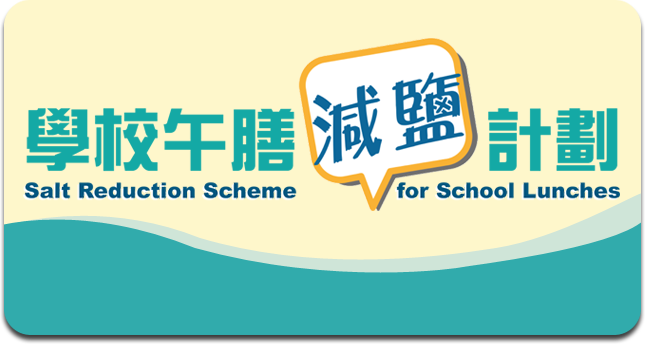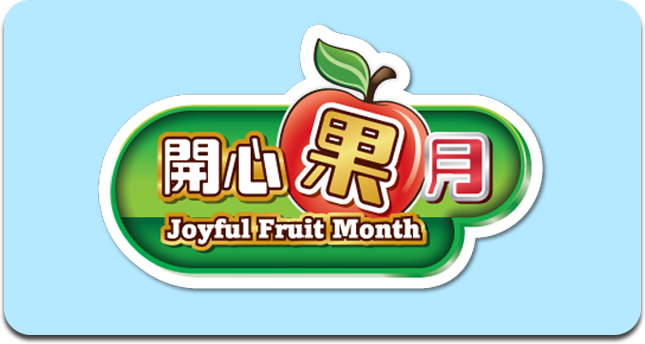|
|
| 1. How do I know if a food item contains caffeine? |
Caffeine is naturally found in certain foods and drinks (such as coffee, milk tea, black tea and green tea) or added to food items during the food manufacturing process. In order to determine whether a food item contains caffeine, it is advisable to check the ingredient list on the food package.
Example:
PRODUCT NAME: ABC Fizzy Drink
INGREDIENTS: Carbonated Water, Colour (E150d), Acidity Regulators (E338, E331), Sweeteners (E951, E950), Caffeine and other flavourings, Preservative (E211)
|
For more information, please visit the Centre for Food Safety website.
|
| 2. How do I know if a food item contains sweeteners? |
If a food item contains additives, manufacturers are required to list them on the ingredient list.
Below are some common permitted sweeteners and their codes under the International Numbering System for Food Additives:
- Acesulfame Potassium (950)
- Alitame (956)
- Aspartame (951)
- Aspartame – Acesulfame Salt (962)
- Cyclamate (952)
- Saccharin (and Sodium, Potassium, Calcium Salts) (954)
- Sucralose (955)
- Thaumatin (957)
- Steviol glycosides (960)
- Neotame (961)
Example:
PRODUCT NAME: ABC Fizzy Drink
INGREDIENTS: Carbonated Water, Colour (E150d), Acidity Regulators (E338, E331), Sweeteners (E951, E950), Caffeine and other flavourings, Preservative (E211)
|
For more information, please visit the Centre for Food Safety website.
|
| 3. Why is the recommended serving size limited to no more than 125kcal (525kJ) of energy for snacks and 250ml or less in volume for drinks? |
|
Even when a snack is considered a healthier option, overeating may lead to excessive energy intake and may spoil one’s appetite for the next main meal. Thus, it is advisable to limit your consumption of snacks and drinks to the recommended serving size.
|
| 4. What if a snack is classified into a wrong food category? |
|
The nutritional criteria are determined according to the nutritional characteristics of the specific food category. Incorrect categorisation of a snack may lead to inaccurate nutritional classification and dietary recommendations. If in doubt about the food categorisation, please refer to the examples of each food category.
|
| 5. How do I assess freshly prepared snacks without nutrition labels? How should these snacks be categorised? |
The “Healthy Snack Checker” is not able to categorise freshly prepared snacks that do not have a nutrition label, such as sandwich and toast, green salad, boiled egg. Please refer to the Nutritional Criteria for Snack Classification for recommendations on the categorisation of freshly prepared snacks.
|
| 6. Is "suggested serving size" the same as "size of individual pack"? |
|
“Suggested serving size” may not be the same as “size of individual pack”. Take a 50g pack of biscuits as an example, the manufacturer may suggest a serving size of 25g (i.e. half pack).
|
| 7. What is the difference between kcal and kJ? Which one should I use? |
|
Kilocalories (kcal) and kilojoules (kJ) are the units of energy in food. The conversion is:
1kcal ≈ 4.2kJ
When entering the data of ‘energy’, a value in either one of the two units may be used for the nutritional analysis.
|
| 8. How do I know if a snack contains added oil? |
Oil (cooking oil) is a kind of fat commonly added during food processing. Reading the ingredient list on the package is a useful way to determine whether a snack contains added oil.
Oil can be listed in the ingredient list in many forms, such as vegetable oil/fat, corn oil, soybean oil, palm oil, coconut oil, animal oil/fat, lard, butter, vegetable shortening, hydrogenated vegetable oil, and partially hydrogenated vegetable oil.
Example:
PRODUCT NAME: ABC Wafer
INGREDIENTS: Wheat Flour, Palm Oil, Shortening (Palm Oil), White Sugar, Malt Extract, Salt, Maltose, Yeast, Raising Agent (E500(ii)), Seasoning, Flavouring (Lemon), Colour (E100(ii)).
|
|
| 9. How do I know if a snack contains added sugar? |
The sugar content listed on nutrition labels refers to all sugars in the food either naturally present or added. Reading the ingredient list on the package can determine if a snack contains added sugar.
Example:
PRODUCT NAME: ABC Chocolate Milk
INGREDIENTS: Water, Milk Solid, Sugar, Cocoa Powder, Emulsifier and Stabilizer (471, 407 and 412), Acidity Regulator (331 and 500), Flavouring, Salt
|
Added sugar can be listed in the ingredient list under different names, including brown sugar, dextrose/glucose, fructose, high-fructose corn syrup, honey, invert sugar, lactose, maltose, molasses, cane sugar/sucrose, syrup.
|
| 10. How do we determine whether a snack or drink is suitable to be provided in schools? |
Snacks or drinks provided in schools should meet both nutritional quality and quantity criteria.
|
Nutritional Quality
|
Snacks and drinks
- are classified as "Snacks of Choice" or "Snacks to Choose in Moderation"
- Do not contain caffeine* or sweeteners (for primary school students only)
|
| Quantity
|
- Each individual pack provides no more than 125kcal (525kJ) of energy
- Each individual pack of drink should be 250ml or less in volume
|
*Foods and drinks containing caffeine generally refer to coffee, milk tea, black tea, green tea, as well as energy drinks with added caffeine.
|
| 11. Are the snack classification and recommended serving size (i.e. having snacks with no more than 125kcal (525kJ) in energy content and drinks in 250ml or less in volume) applicable to adults? |
|
Everyone, no matter children, adolescents or adults, should follow a healthy diet that is low in fat, salt and sugar. Thus, the snack classification is also applicable to adults. Since the recommended serving size is based on a student with a daily energy intake of 2,000 kcal, adults may make adjustments according to their individual energy requirement and body needs.
|
|
|


|
|

